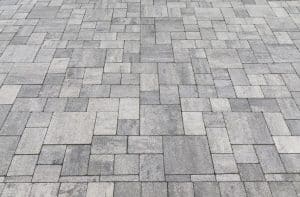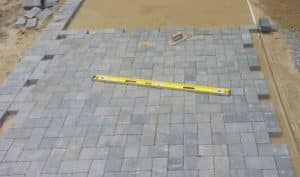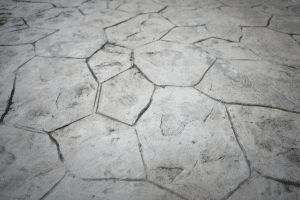Have you ever tripped over a sunken concrete slab in your driveway? Concrete sinking is a widespread occurrence in driveways and sidewalks. It not only looks unattractive but is associated with trip hazards as well. Over the years, the concrete slab that was put in place years ago starts to settle and crack. When that happens, it is an indication that you need to get concrete slab leveling to restore the aesthetic appeal and safety of your property.
Two of the most common concrete leveling techniques are Mudjacking and PolyLevel lifting. If you’re getting your concrete slabs fixed for the first time, you might not know which procedure is a better option. In this Mudjacking vs. PolyLevel concrete lifting account, we’ve highlighted the key differences to help you opt for the right concrete lifting technique.
Mudjacking
Mudjacking uses a grout made of sand or soil-based material, which is sometimes mixed with cement. The process of Mudjacking involves drilling a large hole, which is about 1¾ inches in diameter in the slab that is to be leveled or lifted. The grout is then pumped through the hole. It generates a hydraulic lift force, lifting the sunken concrete slab.
Mudjacking is a very effective concrete lifting technique, but it is associated with some problems.
- A lot of mess is created when excess grout is pumped through the hole in the slab.
- Large holes can weaken the concrete slab.
- The drilled holes stay visible even after the concrete lifting work is complete.
- It takes about 24 hours for the grout to cure completely.
- The grout material can shrink after it is cured.
- The grout material can weaken or crack in a short period.
- This technique involves drilling numerous holes in concrete slabs to lift the sunken slabs properly.
- Grout material is quite heavy, which might lead to further settlement in the future.
PolyLevel Lifting
PolyLevel concrete lifting uses an expanding polymer foam that is injected into the slab through a small hole of about 5/8 inches in diameter. Although the results of both Mudjacking and PolyLevel lifting are the same, PolyLevel lifting is associated with some advantages.
- It creates a strong base during expansion
- The material makes its way through to fill in all the areas that are voided.
- The polymer foam isn’t sensitive to moisture and hence, is more durable.
- It rains it cured form and hence, reduces the possibility of forming any new voids.
- It takes only 15 minutes for the polymer foam to cure.
- The polymer foam is extremely lightweight but very dense and strong.
- This technique of concrete lifting requires drilling of fewer and smaller holes.
Summary
In the Mudjacking vs. PolyLevel concrete lifting, PolyLevel has a clear edge over Mudjacking. The primary reason why you should consider PolyLevel concrete lifting is the fact that it doesn’t leave behind large unsightly holes in the concrete slabs. Hire the right concrete professional to get the job done right.



